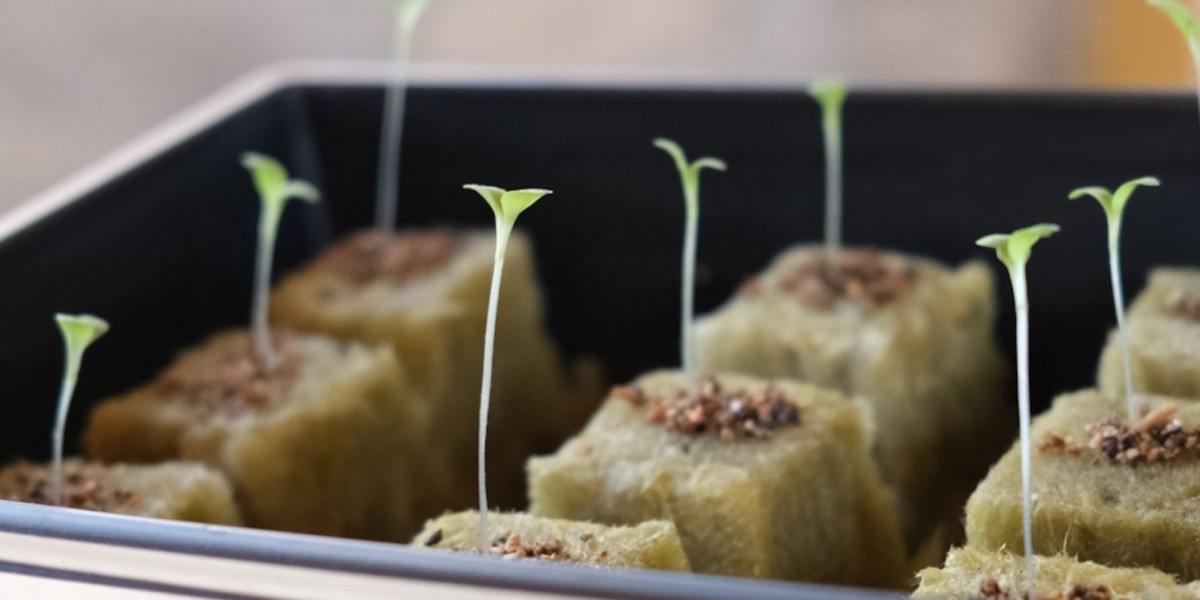Germination is the natural process through which seeds develop into young plants. This crucial phase requires specific environmental conditions—moisture, warmth, and oxygen—to activate the seed’s metabolism and stimulate root and shoot growth.
For growers using hydroponic towers, understanding the nuances of germination ensures a smooth transition from seed to flourishing plant.
The Science Behind Germination Explained
When a seed imbibes water, it triggers a cascade of biochemical reactions that energize the embryonic plant inside. Nutrients stored within the seed are mobilized, fueling cell division and elongation. Roots begin to emerge, anchoring the seedling, followed by the upward growth of the shoot.
Factors Influencing Germination Success
- Water Availability: Must be ample but not flooding.
- Temperature: Seeds have species-specific optimal temperatures.
- Oxygen Supply: Essential for respiration and energy production.
Why Hydroponic Towers are Ideal for Germinating Seeds
Hydroponic towers are innovative vertical gardening systems that cultivate plants without soil, using water-based nutrient delivery. These towers offer:
- Space-saving vertical planting.
- Controlled moisture and temperature environments.
- Efficient nutrient delivery after seedling stage.
By germinating seeds in media such as rockwool before transferring to hydroponic towers, growers can ensure strong root development and better plant establishment.
Stepwise Guide to Germinate Seeds for Hydroponic Towers
- Seed Selection and Preparation: Start with fresh, viable seeds.
- Preparing the Growing Medium: Soak rockwool cubes to pH 5.5–6.5 for ideal moisture retention.
- Planting Seeds: Insert seeds carefully into the rockwool cube holes.
- Humidity and Temperature Control: Use humidity domes and heating mats for optimal environment.
- Lighting for Seedlings: Once germinated, provide 12–16 hours of light at close distance.
- Thinning Seedlings: Remove extra seedlings to avoid overcrowding.
- Transfer to Hydroponic Tower: When roots emerge from cubes and seedlings have 4+ leaves, move to the tower’s net pots.
Common Challenges and Solutions in Germination for Hydroponic Gardens
- Inconsistent Moisture: Mist daily and monitor water trays.
- Leggy Seedlings: Adjust lighting height and duration.
- Temperature Extremes: Use heating mats or cooling as needed.
Advantages of Germinating Seeds in Hydroponic Towers
- Reduced risk of pests and soil diseases.
- Faster germination and growth rates.
- Year-round growing potential in controlled indoor environments.
Conclusion
Mastering the art of seed germination combined with the efficiency of hydroponic towers can transform how you garden, yielding healthy plants in less space and time. With the right techniques and tools, anyone can successfully grow fresh produce indoors. ALTO Garden empowers growers with expert advice and equipment to make hydroponic tower gardening and seed germination accessible and productive.



